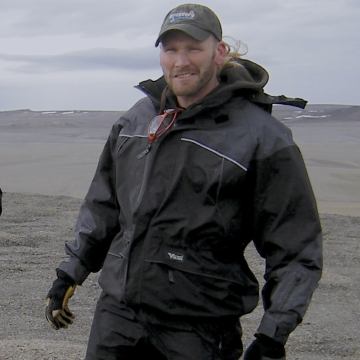
Thomas Graham
Career Profiles
Research Scientist, Space Farming
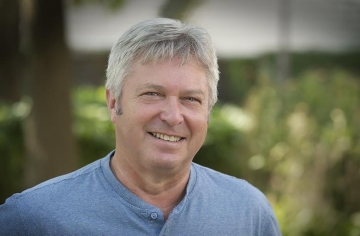
Mike Dixon
Career Profiles
Professor and Director of CESRF
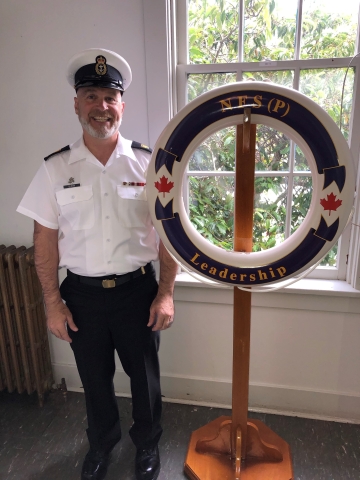
Carl Dixon
Career Profiles
Naval Communicator
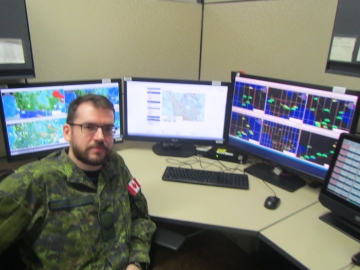
Keven Bruce
Career Profiles
Tactical Weather Specialist
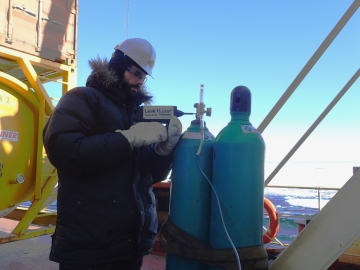
Alexis Dorais
Career Profiles
Remote Sensing Analyst
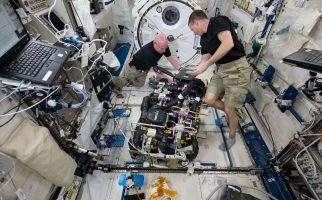
Carbon Dioxide on Earth and on the ISS
Backgrounders
Carbon dioxide is an important part of the air on Earth and in space. What is carbon dioxide? How is it measured? How can it affect us mentally and physically?
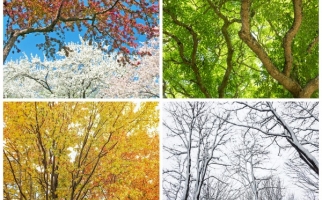
Why do we have seasons?
Backgrounders
Learn why seasons change. Discover how they’re different in the Northern and Southern hemispheres.
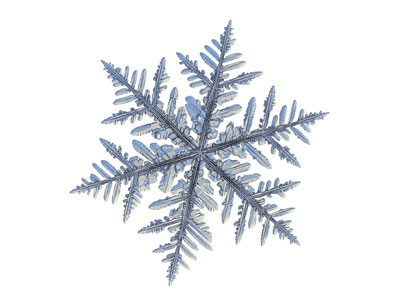
Why is it colder in the winter even though the Earth is closer to the Sun?
Hands-on Activities
Learn why we have seasons in this hands on activity.

What is your weight on another planet?
Hands-on Activities
Do you weigh the same on Jupiter as you do on Earth? Learn to calculate your weight on a different planet.
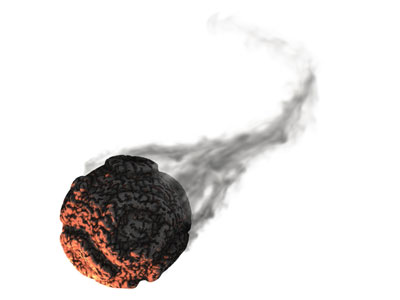
What would happen if a meteor hit Earth?
Hands-on Activities
Explore the effects of asteroid impacts in this hands on activity.
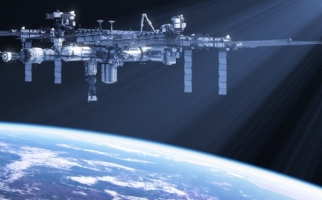
Temperature on Earth and on the ISS
Backgrounders
Temperature is an important part of life on Earth and life in space. This backgrounder explains what temperature is, how it affects people and how it is controlled on the International Space Station.
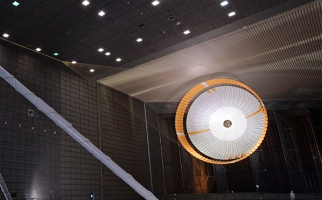
Testing Parachutes for Mars
STEM Explained
NASA engineers apply kinematics and dynamics to test parachutes designed specifically to help space probes land safely using aerodynamics.
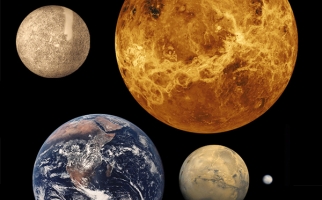
The Inner Solar System
STEM Explained
Earth is covered in rocks. So are Mercury, Venus, Mars and the Moon. Does that mean the rocky planets are all the same?
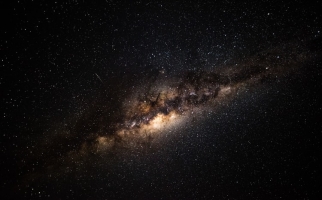
The Milky Way
STEM Explained
In 2019, scientists discovered that our galaxy, the Milky Way, is not the shape they thought it was. How do astronomers use astronomical distance to understand the shapes of galaxies?
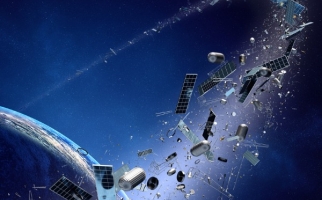
Space Junk
STEM Explained
Litter isn't just a problem on Earth. When litter ends up in space, it can cause collisions and other consequences for satellites, the International Space Station and even for people on Earth!